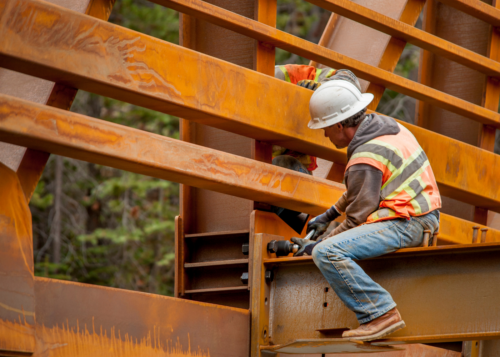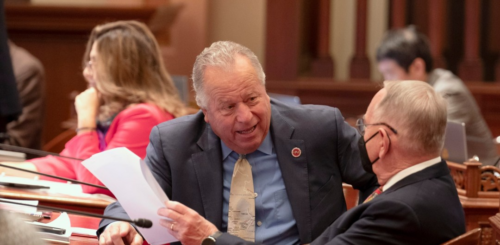District-Charter Partnerships Offer Another Route to Charter Expansion
11.23.2020
Taxpayers own public school buildings, which should be available to all public school students. But as charter operators know, that’s not the reality. Access to affordable school buildings is one of the biggest obstacles to expanding charter schools. Yet in many of our cities, school districts have empty or half-empty buildings.
The logical solution—districts selling or leasing facilities to charter operators—is often rejected by district leaders, for political reasons. This is particularly egregious in cities like Washington, D.C., and New York City, where thousands of low-income students are on waitlists for charter school seats.
Happily, a better model is emerging. More than a dozen urban districts are partnering with nonprofit organizations to turn around failing schools, and that partnership usually includes a free district facility. This should interest charter school operators who fit the bill.
This new model has been implemented in Atlanta, Denver, Indianapolis, Philadelphia, San Antonio, Tulsa, Okla., Baton Rouge, Los Angeles, Camden, N.J., as well as Lawrence and Springfield, Mass., and Grand Prairie, Spring Branch, Midland, and Beaumont, Tex. The autonomous schools in these districts are known by various names: typically innovation schools, Renaissance schools, or partnership schools.
In these cities, it’s shaping up to be a win-win-win for charter schools, families, and districts. Charter operators get better funding and free facilities, allowing them to put more money in the classroom. And while they are autonomous, they are also part of a district, often viewed more as partners than enemies.
Families get better schools for their children, more choices, and often a variety of learning models to choose from (e.g. project-based, blended learning, Montessori, STEM, performing arts, etc.).
Read the full piece here.







